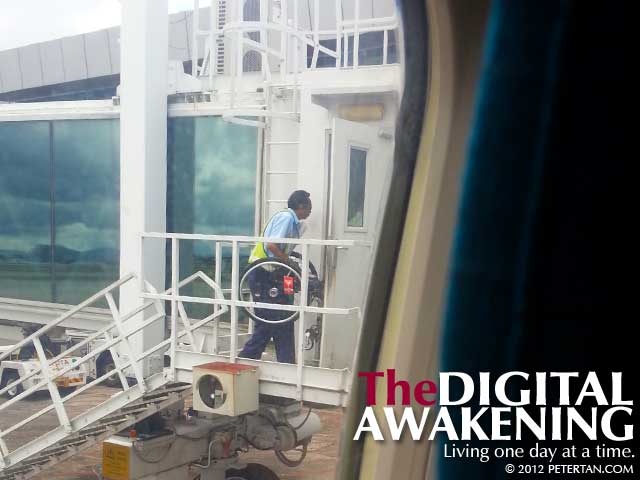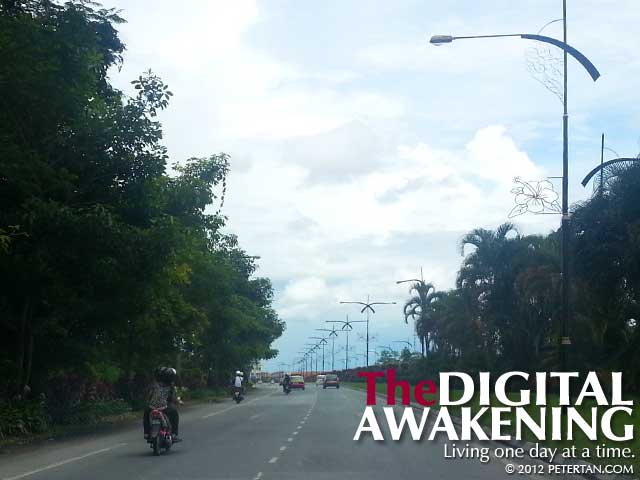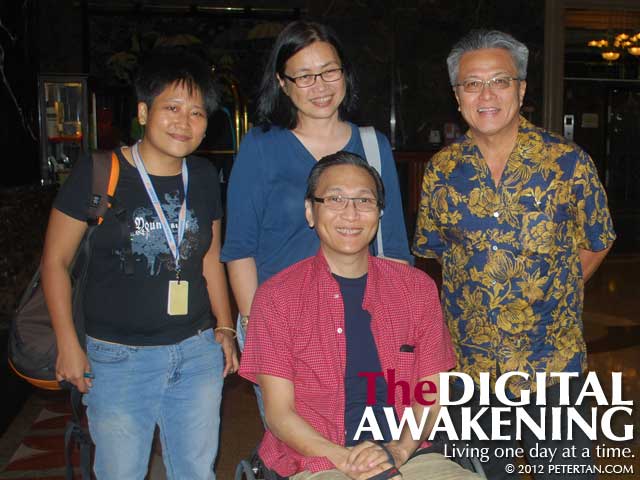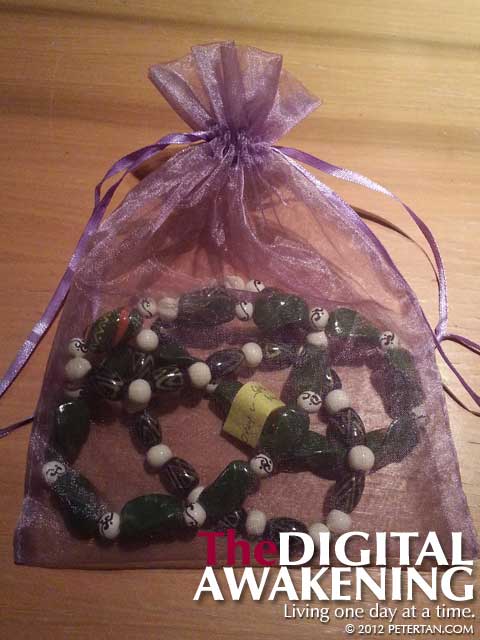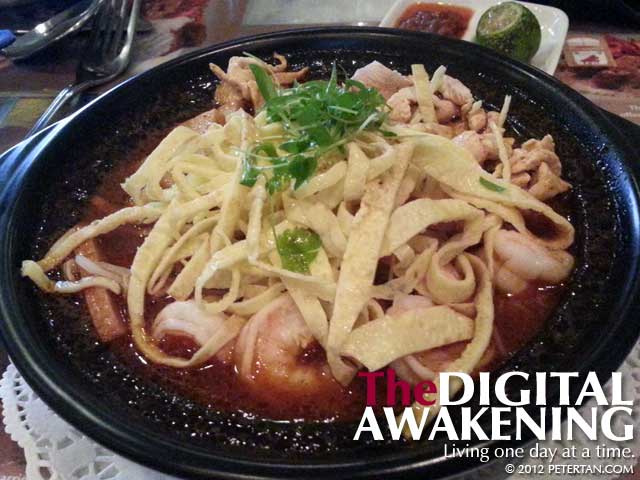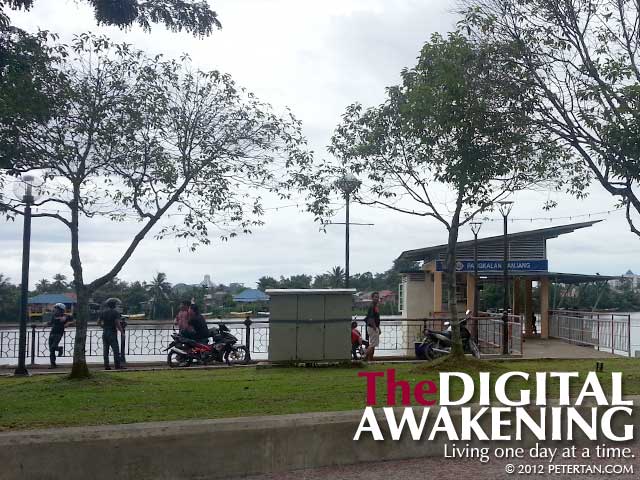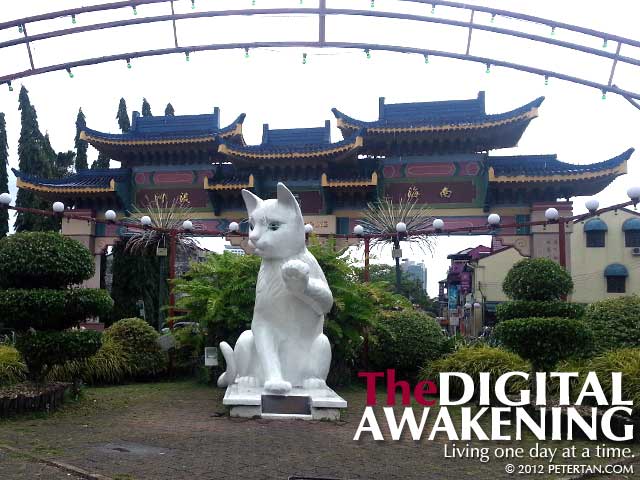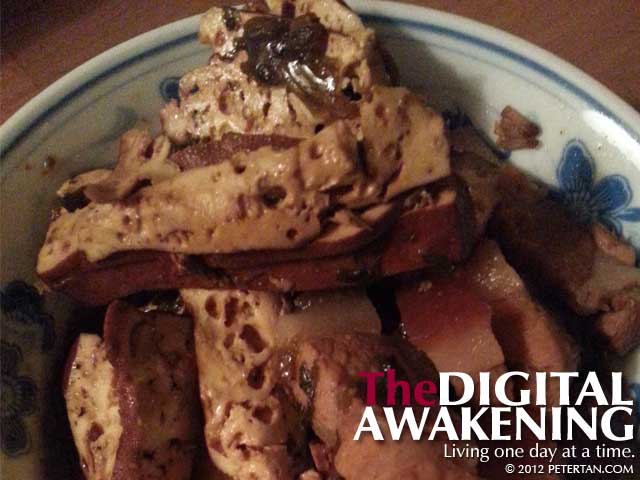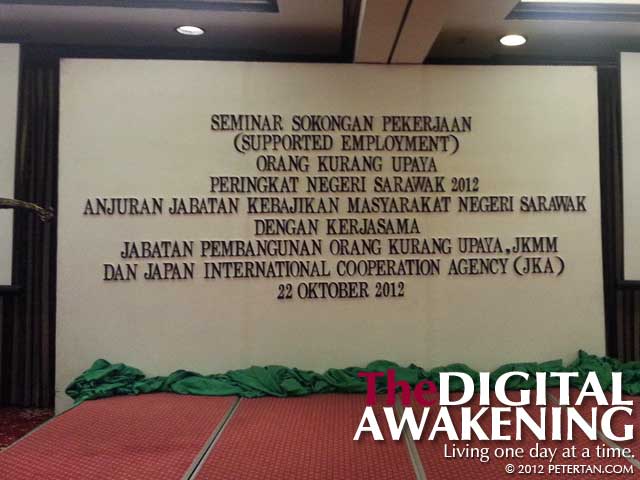The United Nations declared December 3 every year as the International Day of Persons with Disabilities. I would prefer to call it the International Day of Disabled Persons but that is another story for another day. Approximately 1 billion people or 15% of the world’s population live with some form of disability. The theme for 2012, “Removing barriers to create an inclusive and accessible society for all” is very apt as many disability-rights advocates have been demanding for the removal of barriers for a long time to enable equal participation of disabled people.
These barriers are not limited only to the built environment but are prevalent in attitudes in the form of prejudice, ignorance and discrimination. I am not proud to say that Malaysia is still a nation where disabled people are marginalised, discriminated against and face countless barriers every day of our lives. Even with legislation, the quality of life of disabled persons have not improved much in contrast to the rest of the population.
The requirements of the Uniform Building By-Law 34A that buildings must be accessible to disabled persons are ignored by the local authorities most of the time. More than fifteen years after it was gazetted by the various state governments, many buildings, including new buildings, are still full of barriers. And as far as I am concerned, the Persons with Disabilities Act 2008 also have not done much to alleviate the situation.
Public transport and the built environment continue to remain inaccessible. These in turn make it difficult for disabled people to gain access to education, employment, medical care and participate in politics and religion. Ours is a government that is reactive. They need to be kicked to get rolling. Otherwise, the rights of disabled people are often ignored and forgotten.
Legislations are only effective when enforced. Sad to say, officials from the ministerial down to the municipal levels entrusted with implementation and enforcement have miserably failed in their duties. Legitimate grouses were swept under the carpet and complaints were ignored. These governments in different manifestations are the biggest stumbling blocks to making society accessible and inclusive as they have the all resources at their disposal to make it happen. Yet they do not bother.
At the same time, NGOs, activists and advocates have to pull their act together. We are weak because we are not united. We do not speak in one voice. We abuse our positions as leaders of the disability movement in Malaysia by squabbling over personal issues. We sacrifice the needs of the many to benefit the personal agendas of the few. We sabotage others’ efforts. We still practice charity-based activities when we should be advocating for our rights. We spend so much resources, time and effort in fighting each other that we have lost sight of the big picture. I strongly believe that much could have been achieved had we worked as one unit. It is still not too late though.
On the whole, Malaysia cannot claim we have arrived as a nation if the rights of minorities and marginalised are not respected. The theme for this year’s International Day of Persons with Disabilities is a timely call for everyone to work together to make society inclusive. The governments have to play their part. Society in general has to play its part. Most importantly, disabled people must come together to speak in unison on issues that affect us as a community. Removing barriers is not that difficult if we each understand our roles. An inclusive and accessible society benefits everyone. Lets make an effort to work towards that.

